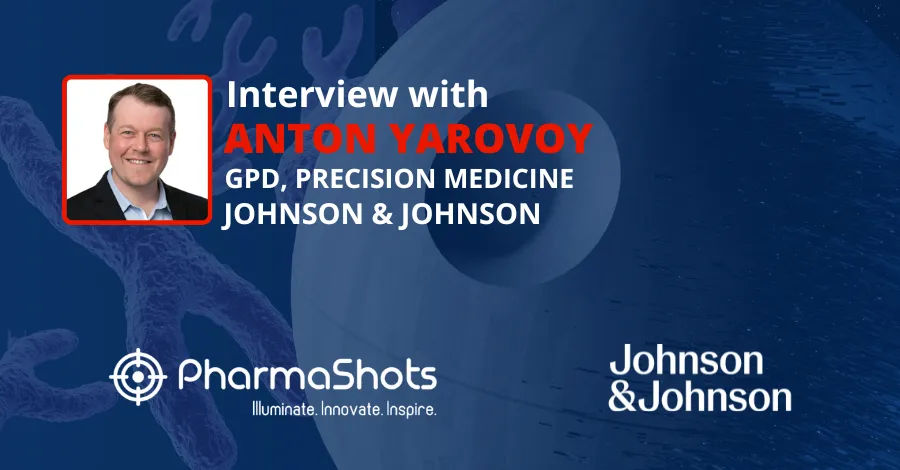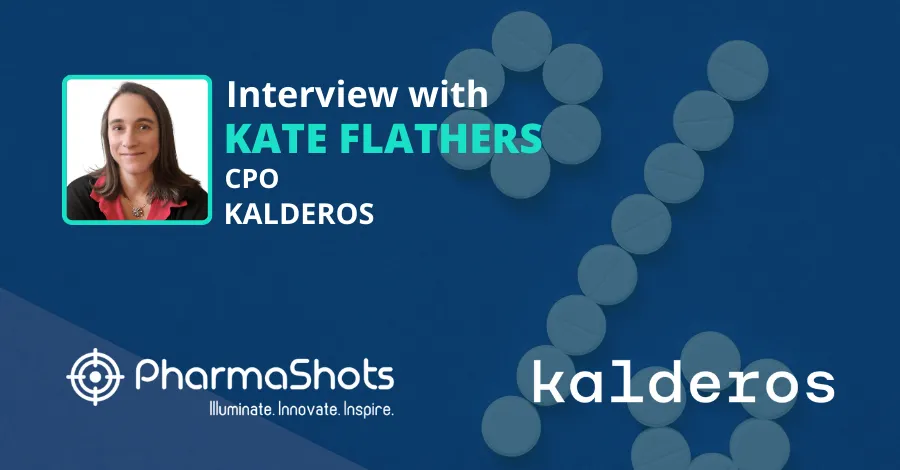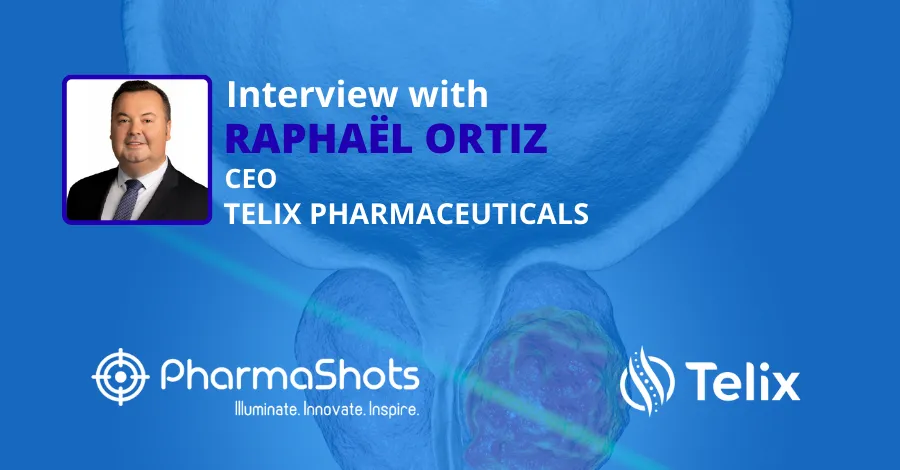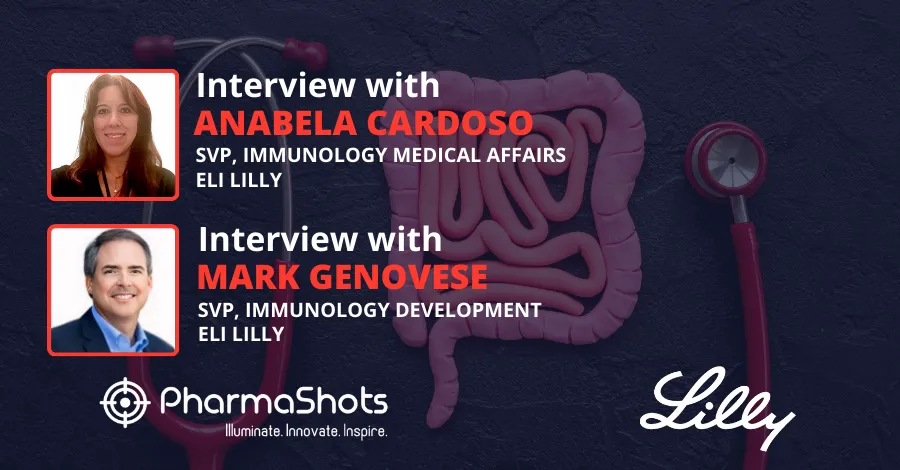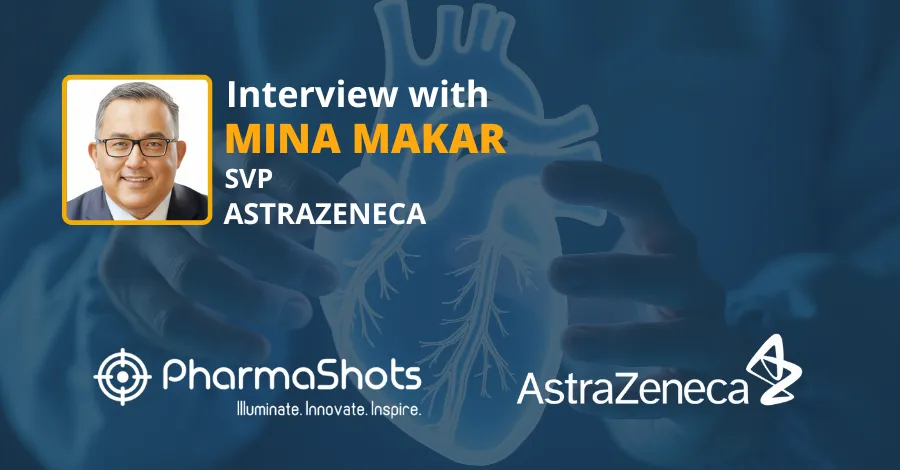
PharmaShots Interview: Dicerna's Doug Fambrough Shares Insight on Nedosiran Data Presented at ASN Week 2020
In a recent interview with PharmaShots, Doug Fambrough, Ph.D., President and CEO of Dicerna shares his insights and highlights on data of Nedosiran presented at ASN Week 2020.
Shots:
- All participants regardless of PH subtype, achieved normal or near-normal Uox excretion @day180, 92% participants (100% & 67% with PH1 & PH2) achieved normal Uox excretion at one or more visits, 62% participants (70% & 33% with PH1 & PH2) demonstrated normalized Uox excretions on at least three consecutive visits, maximum reduction in Uox excretion (70.9%)
- Trial timelines were updated in August with enrollment completion for the pivotal PHYOX2 trial by year-end 2020, which should set up Dicerna for an NDA submission in the Q3'2021
- Dicerna is currently looking for partners to commercialize Nedosiran outside the US
Tuba: Can we have the highlights of your presentation at ASN Week 2020 in a non-scientific way?
Doug: Primary hyperoxaluria (PH) is a family of rare genetic disorders causing hepatic oxalate overproduction that can result in life-threatening kidney damage. In PH, excess oxalate can lead to chronic kidney stones, progressive kidney damage including the possibility of end-stage renal disease, and systemic oxalosis. There are three known PH subtypes PH1, PH2, and PH3 and there is currently no available treatment approved for this rare disease.
At ASN Kidney Week 2020, we presented an interim analysis of safety and efficacy data from our ongoing long-term, open-label clinical study of Nedosiran (a study we call PHYOX'3), which is our lead investigational candidate in development for PH1, PH2, and PH3. A key PH measure is the oxalate excretion in urine (urinary oxalate), and we presented data on once-monthly dosing of Nedosiran in participants with PH1 and PH2 who had previously participated in our Phase 1 study and had reached Day 180 of the PHYOX3 trial:
- All PH1 participants achieved normal urinary oxalate excretion at one or more timepoints by Day 180;
- All PH2 participants achieved normal or near-normal urinary oxalate excretion at one or more timepoints by Day 180;
- Nedosiran was well tolerated, and no serious safety concerns were identified in this trial patient population.
Tuba: Dicerna presented new interim data from PHYOX3 long-term, OLE study at ASN Kidney Week. When can we expect the complete results of nedosiran?

Doug: We are evaluating Nedosiran in the PHYOX development program, which includes multiple clinical studies of all three known PH subtypes PH1, PH2, and PH3. The PHYOX3 trial is a long-term, open-label study into which any participant previously completing a PHYOX trial may enroll, as well as their siblings with PH who are between the ages of six and 18. Another important trial in our PHYOX program is our pivotal PHYOX2 trial, for which we are targeting enrollment completion by the end of 2020 and trial completion in the first half of 2021, which would position us to submit a New Drug Application next year.
Tuba: Discuss in detail about the complete PHYOX clinical program?
Doug: The PHYOX program comprises multiple trials inclusive of the three known subtypes of PH, adults and adolescents, and patients with varying renal status. The following is a high-level summary of PHYOX clinical trials:
- PHYOX1 was a Phase 1 safety and efficacy study of Nedosiran in participants with PH1 or PH2; this study is complete.
- PHYOX2 is our ongoing double-blind, randomized, placebo-controlled pivotal trial.
- PHYOX3 is the aforementioned ongoing open-label trial evaluating the long-term safety and efficacy of Nedosiran.
- PHYOX4 is a double-blind, randomized, placebo-controlled trial in participants with PH3.
- PHYOX7 is a multidose trial in participants (birth to adult) with PH and end-stage renal disease (ESRD).
- PHYOX8 is an open-label study to evaluate the safety and efficacy of Nedosiran in children 0-5 years old with PH.
- PHYOX-OBX is a natural history study to evaluate the association between urinary oxalate excretion and kidney stone formation rate in PH3, the least researched and least understood the type of PH.
Tuba: Are the plans for NDA submission on track? Was there any impact of COVID-19 pandemic or any other factor on the regulatory submission?
Doug: Early in the pandemic, we, like many others, took steps in an effort to ensure business and clinical trial continuity during what was a highly fluid and unprecedented time. For the PHYOX program, we were able to transition certain site visits to a combination of at-home nurse visits with investigator telehealth assessments for dose administration and safety follow-up, enabling our development program to continue, albeit at a slightly slower pace. We were able to update our trial timelines in August and have guided to enrollment completion for the pivotal PHYOX2 trial by year-end 2020, which should set up us for an NDA submission in the third quarter of 2021.
Tuba: Which countries would be mainly targeted for nedosiran's approval?
Doug: We are seeking to have nedosiran approved and available globally.
Tuba: Can we have a discussion on ultra-rare Primary Hyperoxaluria (PH) and its epidemiology?
Doug: Using genetic studies, we believe PH is more common than previously realized. It is estimated that approximately 2,700 people in the U.S. have PH1, 1,700 have PH2 and approximately 4,100 have PH3, while diagnosis rates are estimated to be ~40-50%, ~10%, and ~7%, respectively. Epidemiology data suggest that there are similar numbers of patients in Europe. There is less data about PH in other parts of the world, but its likely that the disease occurs in all populations. As the first described subtype, PH1 is the most well-known and understood of the three, yet all PH subtypes are likely underdiagnosed.

Tuba: Are you planning for any collaborations for the commercialization of nedosiran globally as we are aware that Dicerna collaborated with multiple global companies including Roche, Eli Lilly?
Doug: Our current plan for nedosiran is to commercialize it in the U.S. ourselves, and we are currently in discussions with potential partners to commercialize nedosiran outside the U.S.
Tuba: Tell us briefly about the GalXC RNAi technology platform. Also, for exploring its potentials, Dicerna collaborated with multiple companies, give a brief note on your collaborations?
Doug: Our proprietary GalXC technology leverages a naturally occurring biologic process, ribonucleic acid interference, or RNAi, to create therapies that silence disease-causing genes. Our powerful platform enables us to develop highly selective and specific RNAi compounds that have a unique configuration known as a tetraloop. This configuration interfaces effectively with the RNAi process and allows us to easily modify a compound's chemical structure to maximize stability and potency. Our current GalXC RNAi technology is optimized to target liver diseases, and our scientists are further developing our technology to target diseases in other organ systems.
Our first collaboration was announced in November 2017 with Boehringer Ingelheim and focused on chronic liver diseases. Since then, we have established collaborations with Alexion to create RNAi therapies for complement-mediated diseases; Lilly for new medicines for cardiometabolic disease, neurodegeneration, and pain; Roche for chronic hepatitis B virus infection; and with Novo Nordisk for cardiometabolic diseases.
Tuba: What are Dicerna's further plans regarding nedosiran?
Doug: We are committed to researching and developing therapies for all patients with PH regardless of subtype. We plan to submit an NDA to the FDA for nedosiran next year and intend to partner outside the U.S. with the goal of bringing this potential treatment to people living PH as quickly as possible.
About Doug Fambrough:

Douglas Fambrough co-founded Dicerna in 2007 and has served as the Company's president and CEO since 2010. His background as both a genomic scientist and venture capitalist has been instrumental in the evolution of Dicerna, from the development of its unique GalXC platform to its transformation into a publicly-traded company.
Related Post: ViewPoints Interview: Eli Lilly's Dr. Lotus Mallbris Shares Insights on Mirikizumab

This content piece was prepared by our former Senior Editor. She had expertise in life science research and was an avid reader. For any query reach out to us at connect@pharmashots.com





